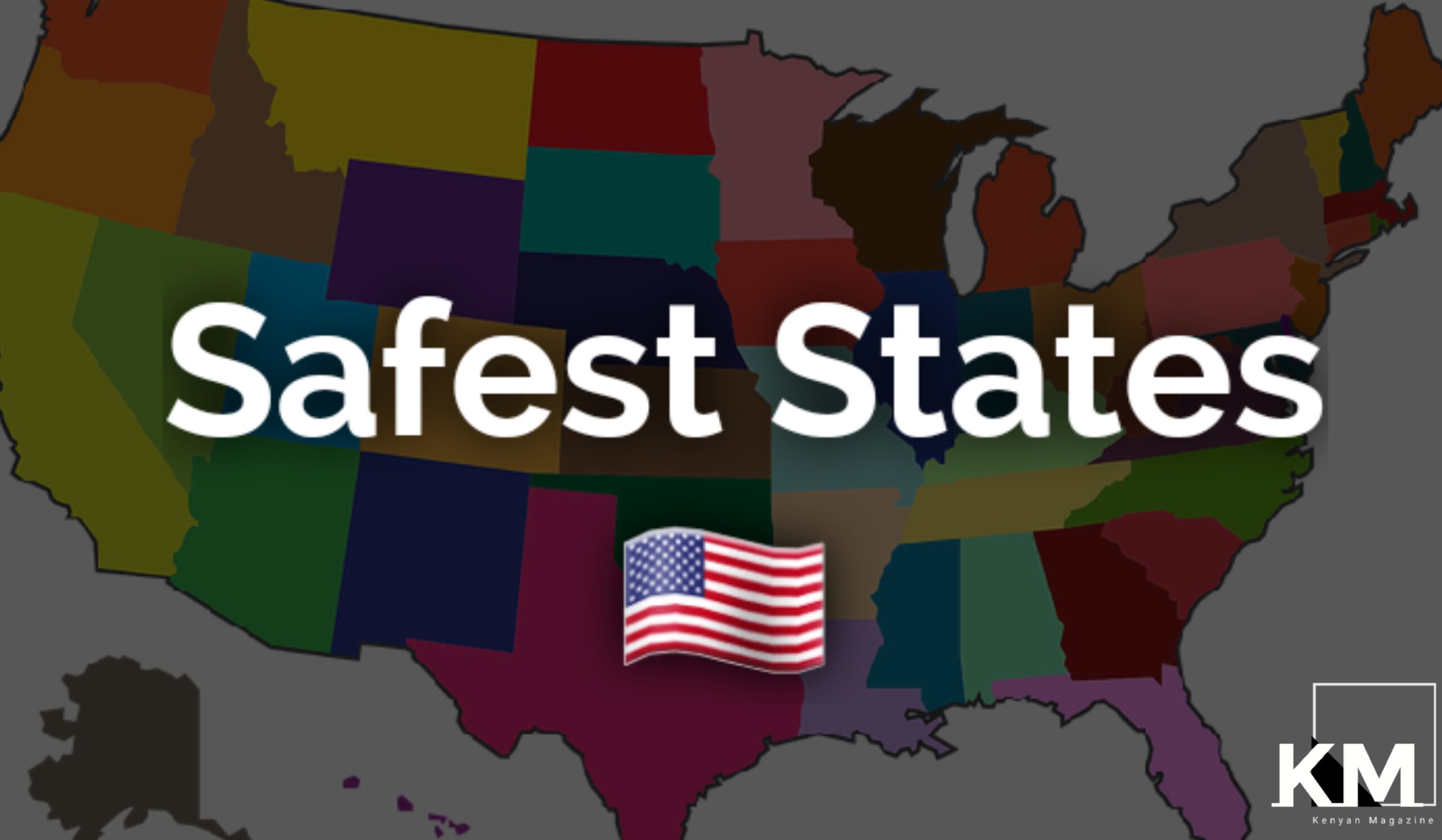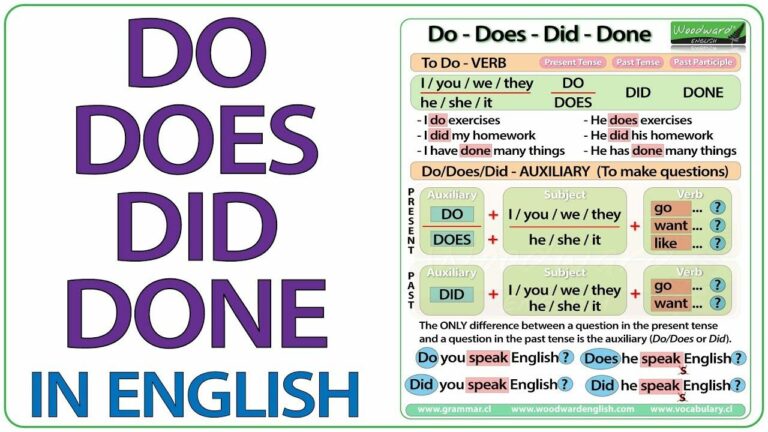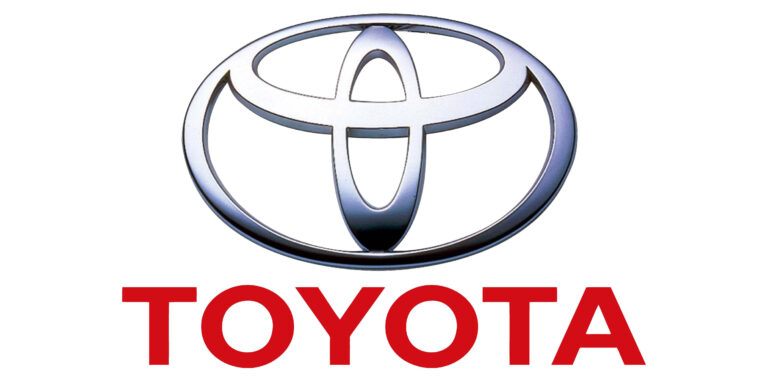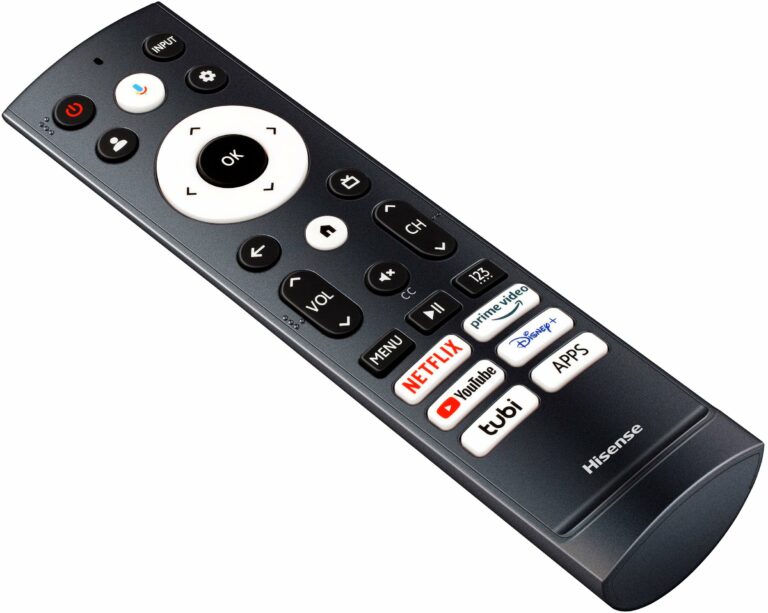What Is The Safest Car Seat Brand? A Comprehensive Guide to Protecting Your Child
What Is The Safest Car Seat Brand? A Comprehensive Guide to Protecting Your Child cars.truckstrend.com
The moment you become a parent, an overwhelming sense of responsibility takes hold, especially when it comes to your child’s safety. Among the myriad decisions, choosing a car seat often tops the list of concerns. Parents naturally want the absolute best for their little ones, leading to the perennial question: "What is the safest car seat brand?"
This seemingly simple question, however, holds a complex answer. The truth is, there isn’t one single "safest" car seat brand. All car seats sold in the United States (and most other developed nations) must meet rigorous federal safety standards. This means that a car seat, regardless of its brand or price point, that has passed these tests is inherently safe when used correctly. The real determinants of car seat safety lie not in a brand name, but in proper installation, correct child fit, and adherence to usage guidelines.
What Is The Safest Car Seat Brand? A Comprehensive Guide to Protecting Your Child
This comprehensive guide will delve into what truly makes a car seat safe, explore reputable brands known for their features and performance, and provide actionable insights to help you choose and use the safest car seat for your precious cargo.
Understanding Car Seat Safety – Beyond the Brand Name
Before we discuss specific brands, it’s crucial to understand the foundational principles of car seat safety. In the United States, all car seats must comply with Federal Motor Vehicle Safety Standard (FMVSS) 213, which dictates stringent crash test performance and other safety requirements. This standard ensures that any car seat legally sold on the market provides a baseline level of protection in a collision.
Therefore, rather than fixating on a single "safest brand," focus on these critical elements:
- Federal Safety Standards: Every car seat you purchase new from a reputable retailer has met or exceeded these mandatory federal safety standards. This is your fundamental assurance of safety.
- Proper Installation: This is arguably the most critical factor. Studies consistently show that a significant percentage of car seats are installed incorrectly. Even the most expensive, feature-rich car seat offers minimal protection if it’s not installed tightly and correctly in the vehicle.
- Correct Child Fit: The car seat must be appropriate for your child’s age, weight, and height, and the harness straps must be snug, at the correct height, and the chest clip positioned at armpit level. A poorly fitting harness can allow a child to be ejected or suffer severe injuries.
- Appropriate Seat Type for Age/Weight/Height: Children need to be in the right type of seat for their developmental stage:
- Rear-facing: Infants and toddlers should remain rear-facing as long as possible, ideally until they reach the maximum weight or height limit of their convertible car seat (often 40-50 pounds or more). This position offers the best protection for a child’s head, neck, and spinal cord.
- Forward-facing with Harness: Once they outgrow rear-facing, children transition to a forward-facing seat with a five-point harness.
- Booster Seats: When they outgrow the harnessed forward-facing seat, children move to a booster seat, which helps position the vehicle’s seatbelt correctly over their body.
- Vehicle Seatbelt: Finally, children are ready for the vehicle’s seatbelt alone when they pass the "5-step test" (typically around 8-12 years old and 4’9" tall).
- No Expiration Dates or Crash History: Car seats have expiration dates (usually 6-10 years from the date of manufacture) because materials can degrade over time, affecting their integrity. A car seat that has been involved in even a minor collision should be replaced, as its structural integrity may be compromised.

Key Factors Contributing to Car Seat Safety (Not Brand Specific)
To truly maximize your child’s safety, consider these practical aspects:
- Proper Installation: Whether using LATCH (Lower Anchors and Tethers for Children) or the vehicle’s seatbelt, the car seat should not move more than one inch side-to-side or front-to-back at the belt path. Always refer to both your car seat manual and your vehicle’s owner’s manual.
- Correct Harnessing: The harness straps should be snug enough that you cannot pinch any slack fabric at the child’s shoulder. For rear-facing, straps should be at or below the shoulders; for forward-facing, at or above.
- Vehicle Compatibility: Not all car seats fit perfectly in all vehicles. Some vehicles have contoured seats or LATCH anchors that make certain installations challenging. If possible, test-install a car seat in your vehicle before purchasing.
- User Error is the Biggest Risk: The most common reason for car seat "failure" in a crash is incorrect use. This underscores the importance of reading manuals, watching instructional videos, and seeking professional help.
Reputable Car Seat Brands and What They Offer
While no brand can claim to be universally "safest," several manufacturers consistently produce high-quality car seats that meet or exceed safety standards and often include features that enhance ease of use or offer additional protective technologies. The differences between these brands often come down to specific features, materials, aesthetics, and price points, rather than a fundamental difference in core safety performance (given all meet FMVSS 213).
Here are some widely respected brands:
- Chicco: Renowned for their user-friendly designs and incredibly easy installation, particularly their KeyFit (infant) and NextFit (convertible) lines, which often receive high marks for ease of use from organizations like NHTSA and Consumer Reports.
- Britax: A leader in car seat safety, Britax is known for robust features like SafeCell Impact Protection (energy-absorbing base), anti-rebound bars, and steel frames. They offer a wide range of infant, convertible, and booster seats.
- Graco: A popular choice for its wide variety of models, good value, and consistent performance. Graco offers options across all price points and often includes convenient features like easy-to-adjust harnesses and straightforward installation.
- Clek: Positioned as a premium brand, Clek is known for its rigid LATCH system, advanced safety features like a steel and magnesium frame, and extended rear-facing capabilities. Their seats often have a narrower profile, making them suitable for fitting multiple seats across a back row.
- Nuna: Another premium brand, Nuna car seats are recognized for their sleek design, high-quality materials (including flame-retardant-free fabrics), and ease of use. They often feature unique recline positions and advanced side-impact protection.
- Diono: Known for their distinctive slim design, full steel frames, and impressive extended rear-facing and forward-facing harness limits, making them a good choice for larger children or those who need to stay harnessed longer.
Important Note: The "safest" brand for your family is the one that fits your child, fits your vehicle, you can install correctly every single time, and you can afford.
How to Choose the "Safest" Car Seat for YOUR Child (Practical Advice)
- Research Thoroughly:
- NHTSA Car Seat Ease-of-Use Ratings: Visit the National Highway Traffic Safety Administration (NHTSA) website. They provide star ratings for car seats based on ease of installation, ease of use features, and clear instructions.
- Independent Reviews: Consult reputable consumer organizations like Consumer Reports, which conduct their own crash tests and user evaluations.
- Parent Reviews: Read reviews from other parents, but remember that individual experiences can vary.
- Consider Your Child’s Needs:
- Age, Weight, Height: Choose a seat type (infant, convertible, booster) that is appropriate for your child’s current size and allows room to grow.
- Developmental Stage: Ensure the seat accommodates any special needs or preferences (e.g., a child who gets carsick might benefit from a seat with easy-to-clean fabrics).
- Consider Your Vehicle:
- Test Fit: If possible, try installing the car seat in your vehicle before purchasing. Check for a snug fit, proper recline angle, and compatibility with your vehicle’s LATCH anchors or seatbelt system.
- Vehicle Manual: Always consult your vehicle’s owner’s manual for specific car seat installation instructions and restrictions.
- Evaluate Ease of Use: A car seat that is difficult to install or adjust correctly is inherently less safe, as it increases the likelihood of user error. Look for features like:
- Clear labels and instructions.
- Easy-to-tighten harnesses.
- Simple LATCH connectors or seatbelt routing.
- Adjustable headrests and harnesses that move together.
- Set a Budget: Safety is not directly proportional to price. Many affordable car seats perform exceptionally well in crash tests and offer excellent protection. Prioritize proper fit and installation over premium features if budget is a concern.
- Seek Expert Help: Once you’ve purchased a car seat, have it inspected by a certified Child Passenger Safety Technician (CPST). They can provide hands-on assistance, ensure correct installation, and teach you how to use it properly. You can find a CPST near you through Safe Kids Worldwide.
Beyond the Purchase – Ensuring Ongoing Safety
Your role in car seat safety doesn’t end after the purchase and initial installation.
- Regular Checks: Periodically check that the car seat is still installed tightly and that the harness fits your child snugly as they grow.
- Adjust as Needed: Adjust harness height, crotch buckle position, and recline angle as your child grows and develops.
- Understand Transitions: Know when it’s time to transition your child to the next stage (e.g., rear-facing to forward-facing, harnessed to booster). Always follow the car seat’s weight and height limits.
- Avoid Aftermarket Products: Do not use any products (e.g., head inserts, strap covers, toys) that did not come with your car seat unless explicitly approved by the car seat manufacturer. They can interfere with the seat’s safety features.
- Register Your Car Seat: Register your car seat with the manufacturer to receive recall notifications directly.
Car Seat Brand Examples & Approximate Price Ranges
It’s important to note that prices are approximate and can vary widely based on retailer, sales, and specific features of the model. This table is for illustrative purposes only.
| Brand | Model Example | Type | Key Features | Approximate Price Range (USD) |
|---|---|---|---|---|
| Chicco | KeyFit 30 | Infant Car Seat | SuperCinch LATCH for easy installation, spring-assisted leveling foot, ride-right bubble levels, removable infant insert. | $200 – $250 |
| NextFit Zip Max | Convertible Car Seat | ReclineSure leveling system, LockSure belt-tightening system, Zip-and-Wash fabrics, extended rear-facing. | $300 – $400 | |
| Britax | B-Safe Gen2 FlexFit | Infant Car Seat | SafeCell Impact Protection, steel frame, crumple zone base, easy-to-read level indicators, tag-free infant head pad. | $220 – $280 |
| Emblem/Boulevard Clicktight | Convertible Car Seat | ClickTight installation system, SafeCell Impact Protection, anti-rebound bar (Boulevard), energy-absorbing headrest, 2 layers of side impact protection. | $280 – $380 | |
| Graco | SnugRide SnugFit 35 | Infant Car Seat | Anti-rebound bar, SnugFit technology for secure installation, adjustable base, lightweight design. | $180 – $250 |
| 4Ever DLX 4-in-1 | All-in-One Car Seat | Grows with child from infant to booster, 4 modes of use, Simply Safe Adjust Harness System, Fuss Free Harness Storage. | $280 – $350 | |
| Clek | Liing | Infant Car Seat | Rigid LATCH, load leg for stability, recline adjustability, lightweight, Crypton® fabrics (stain/odor resistant), extended canopy. | $450 – $550 |
| Foonf | Convertible Car Seat | Rigid LATCH (forward-facing), anti-rebound bar (rear-facing), steel and magnesium frame, extended rear-facing, REACT safety system, narrow design. | $500 – $700 | |
| Nuna | PIPA Lite RX | Infant Car Seat | Ultra-lightweight (5.3 lbs), Aeroflex foam, steel reinforced True Lock base, magnetic buckle holders, merino wool blend fabric. | $400 – $550 |
| RAVA | Convertible Car Seat | Simply Switch rear-to-forward facing, no-rethread harness, laid back legroom, all-steel frame, flame-resistant free fabrics. | $450 – $600 | |
| Diono | Radian 3RXT | Convertible Car Seat | Full steel frame, slim design (fits 3-across), extended rear-facing (up to 50 lbs), extended harness (up to 65 lbs), folds flat for travel. | $250 – $350 |
Frequently Asked Questions (FAQ)
Q: Is an expensive car seat safer than a cheaper one?
A: Not inherently. All car seats sold new in the U.S. must meet the same federal safety standards. Higher-priced seats often offer premium materials, more convenience features (like easier installation or cleaning), or extended weight/height limits, but not necessarily a higher level of crash protection beyond the federal minimum.
Q: Should I buy a used car seat?
A: It is generally not recommended. You cannot be certain of its history. A used car seat should only be considered if you know its full history (never been in a crash, not expired, all parts present, no recalls) and you trust the seller implicitly. Otherwise, it’s safer to buy new.
Q: When should my child switch from rear-facing to forward-facing?
A: Keep your child rear-facing as long as possible, up to the maximum weight or height limit of their convertible car seat (often 40-50 pounds or more). This is the safest position for their developing neck and spine. Do not switch simply because their feet touch the back of the seat; this is normal and safe.
Q: How do I know if my car seat is installed correctly?
A: After installation, grasp the car seat at the belt path (where the seatbelt or LATCH strap runs through) and try to move it. It should not move more than one inch side-to-side or front-to-back. The harness should be snug on your child (the "pinch test"). The best way to be sure is to have it checked by a certified Child Passenger Safety Technician (CPST).
Q: What is an expiration date, and why does it matter?
A: Car seats have expiration dates (typically 6-10 years from the manufacture date) because materials like plastic can degrade over time due to temperature fluctuations and stress, potentially compromising the seat’s integrity in a crash. Also, safety standards and technology evolve.
Q: Can I use a car seat after a minor accident?
A: NHTSA recommends replacing a car seat after any moderate to severe crash. For minor crashes, NHTSA states a car seat does not need to be replaced if ALL of these criteria are met:
- The vehicle was able to be driven away from the crash site.
- The vehicle door nearest the car seat was undamaged.
- No one in the vehicle sustained injuries.
- The airbags did not deploy.
- There is no visible damage to the car seat.
If any of these conditions are not met, or if you have any doubt, replace the car seat. Many car seat manufacturers have stricter guidelines and recommend replacement after any crash, regardless of severity. Always check your car seat’s manual.
Conclusion
The quest for "the safest car seat brand" is a natural instinct for loving parents. However, the true path to car seat safety lies not in a single brand name, but in a combination of factors: choosing a car seat that meets federal standards, ensuring it’s appropriate for your child’s size and developmental stage, installing it correctly every single time, and harnessing your child properly.
Empower yourself with knowledge, utilize available resources like CPSTs, and prioritize consistent, correct use over chasing a mythical "safest brand." By doing so, you provide your child with the highest level of protection on every journey.




